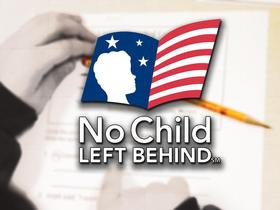Just three months after the first measles outbreak from Disneyland, researchers have confirmed that the low rates of vaccination are the culprit for measles spreading from California throughout the country, as just published in the .
"Disneyland is an international attraction and sometimes people are coming from places where measles vaccination rates are low or they don't get the recommended two doses, and that, combined with the fact that there are a lot of pockets of non-vaccination in California and people coming from all over the U.S. created the perfect storm for a big outbreak," lead author Maimuna Majumder of Boston Children's Hospital and the Massachusetts Institute of Technology told .
In late December 2014, the first signs that a measles outbreak was about to occur began to present themselves. People came into emergency rooms and doctor’s offices with high fevers, runny noses, coughing, and red, watery eyes. In addition to the ones originating in Disneyland, there were other unrelated outbreaks in Nevada, Illinois, and Washington. California has by far the most cases, numbering 142 in early March. Still, measles reports exist in 17 states and the District of Columbia, according to the Centers for Disease Control and Prevention.
This video explains how the measles vaccine works.
What makes this measles outbreak particularly disturbing – aside from the fact that the disease was declared eliminated in 2000 –






















